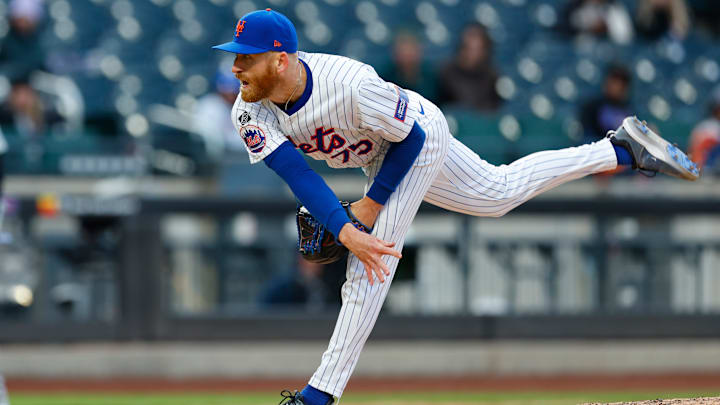Last season, the New York Mets bullpen was one of the worst in the league, but things seem to be going well this season. To date, the bullpen is in the top places in terms of ERA and the highest strikeouts.
The high level of swing and miss that members of the team's bullpen are achieving is due to the incorporation of new pitches and a new strategy. The above is an example of what the baseball analytics strategies and the pitching lab that David Stearns wants to create can achieve in the future for this organization.
The addition of new pitches is turning the Mets bullpen into a force
A pitcher with an ERA around 6.00 in his MLB career is striking out more than two batters per inning, and a non-tender candidate last offseason has six pitches in his repertoire. Nobody would expect Reed Garrett or Drew Smith to be showing this kind of performance in the season, not to mention the efficiency of Adam Ottavino.
In addition to the return of Edwin Diaz, the new level and effectiveness of the pitches of the members of the Mets bullpen pitching staff is incredible. A fundamental part of this is due to the strategy of starting ahead in the count, generating a strike on the first pitch.
However, the most relevant aspect of this group of pitchers is the new pitches they incorporate into their arsenal, reinventing themselves to be more effective. Among the most relevant cases of this group, Garrett is one of the most interesting.
After several bad seasons, Garrett changed his arsenal of pitches completely, leaving aside his fastball as his main pitch, which was connected to an expected slugging above .600, and using his slider, splitter, and sweeper more, generating on average swing and miss at more than 50% and with an expected slugging below .150.
Likewise, Ottavino is at his best level in his ratio of strikeouts and walks, but his best result is due to managing to induce weak contact with a hard-hit contact level below 25%. The fundamental reason for this improvement is due to converting his sweeper into his primary pitch, achieving a swing and miss above 50%, and the greater use of his sinker against right, inducing a slugging of around .200.
Likewise, cases such as Drew Smith, who incorporated a new cutter into his arsenal, generating more than 40% swing and miss and an expected batting average and slugging below .150, are examples of what David Stearns' regime is achieving for this organization. Hopefully, the addition of a modern pitching lab and the team that Stearns can assemble will make the Mets an elite pitching organization soon.
